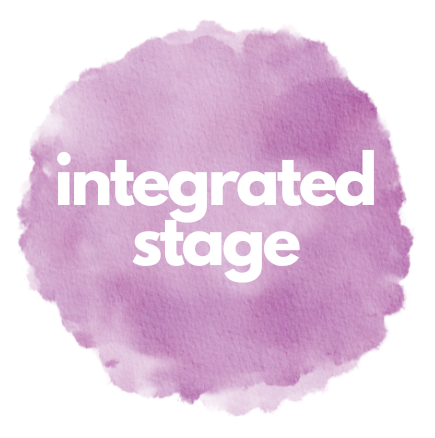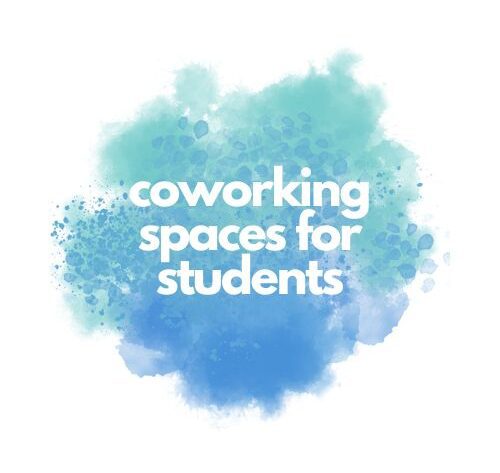Coworking spaces allow for flexible workspaces for professionals. What if we turned the classroom into a coworking space for students?
Students as Professionals
There’s been a push for a while in education to treat students like they’re professionals. Team building, collaborating, reviews on projects, and project management are just a few examples of the corporate world in our classrooms.
These are all great things that we can do to prepare our students for the world they’ll inherit. Especially since we can’t prepare them for jobs that aren’t yet created, I am a big believer in teaching them transferrable 21st-century skills alongside content in my classroom.
But are these examples enough?
Professional Learning & Development
While we’re preparing students for the future, I think the traditional approach to classroom activities needs some tweaking. I think it starts with classroom design. And I think coworking spaces may be the answer.
This article from HR Future (geared toward employers, not education) states a benefit of coworking spaces is “Working Community and Sense of Companionship.” It goes on to elaborate that “Coworking spaces…provide a place to socialize or even generate leads, but not having a set of rules can be detrimental.”
Let’s unpack this.
Coworking Spaces for Students
Classroom culture is huge right now. What better way to foster it than with coworking spaces for collaborative projects? They practice social skills for the future, we get to create highly engaging, meaningful lessons. Win-win!
We do, however, want to take that last line into consideration. Not having a set of rules can be detrimental. But the rules you have in place for small group and collaborative projects already will apply here.
I propose that your classroom approach to coworking sessions include what I’m calling Student Learning Communities and Student Development areas.
The Classroom as a Coworking Space
We still need to work with our students who struggle. We need to challenge those who need extensions. Differentiation is still a reality.
The beauty of this approach is that it happens organically.
First, let’s break down the two areas of the classroom coworking space.
Student Development
Student Development is like professional development. This is where you’ll work with small groups of kiddos who need support.
Student Learning Communities
Student Learning Communities are like professional learning communities. This is the student collaboration piece.
Putting Coworking Spaces for Students into Practice
My first step is to introduce the unit or lesson. Once I’ve given enough material to the students that they can begin working together, we move on to the coworking part.
I give students topics related to the unit or lesson on a sign-up sheet. For my kiddos who are struggling, I’ll also have to reteach lessons for small groups. These concepts also go on a sign-up sheet.
Students reflect on their understanding and sign up for a topic or reteach. The topics are the Student Learning Communities and the reteach is for Student Development.
Student Learning Communities work in groups, researching the topic to teach it to the class in a 5-10 minute group presentation the next class.
Students who signed up for Student Development work with me. I run it with content mastery being the goal.
Troubleshooting
What if too many kids sign up for a topic in the Student Learning Community? I limit the number of students by limiting the available spaces on the sign-up sheet.
What if more than a small group signs up for Student Development? That lets me know that I didn’t deliver the information well enough. Good teachers are always reflecting! In this case, I reteach to the whole class the next day and move the Student Learning Community presentations back a day as well.
Is your classroom full of chaos? No. And yes. I totally get that not every educator is okay with noise and movement in the classroom. To use this strategy, you have to be. To engage your students, you pretty much have to be. I am okay with it. It is loud, but it is NOT chaos. Learning (especially collaborative learning) is loud! Embrace it.
Do you think this would work for your classroom?





